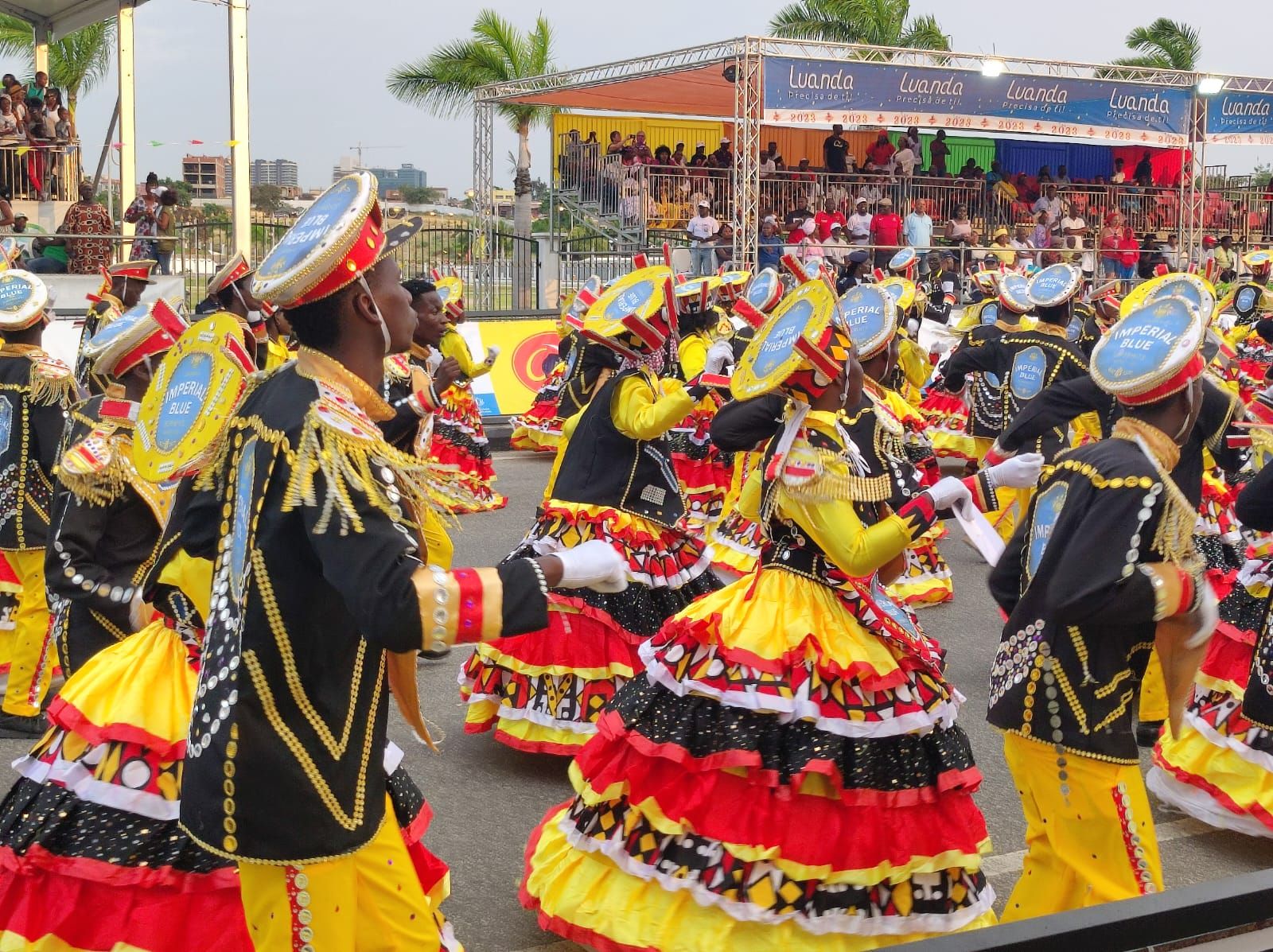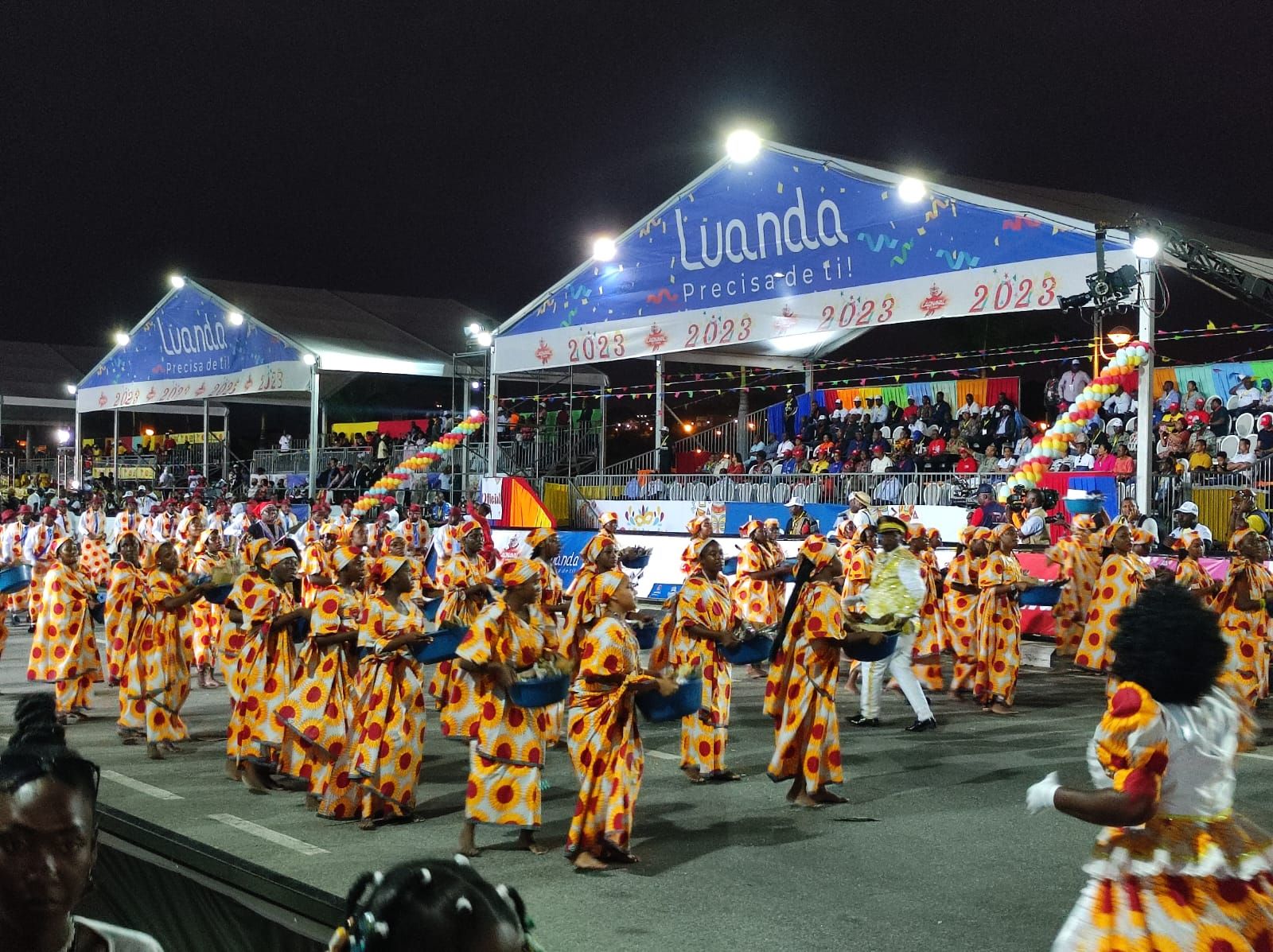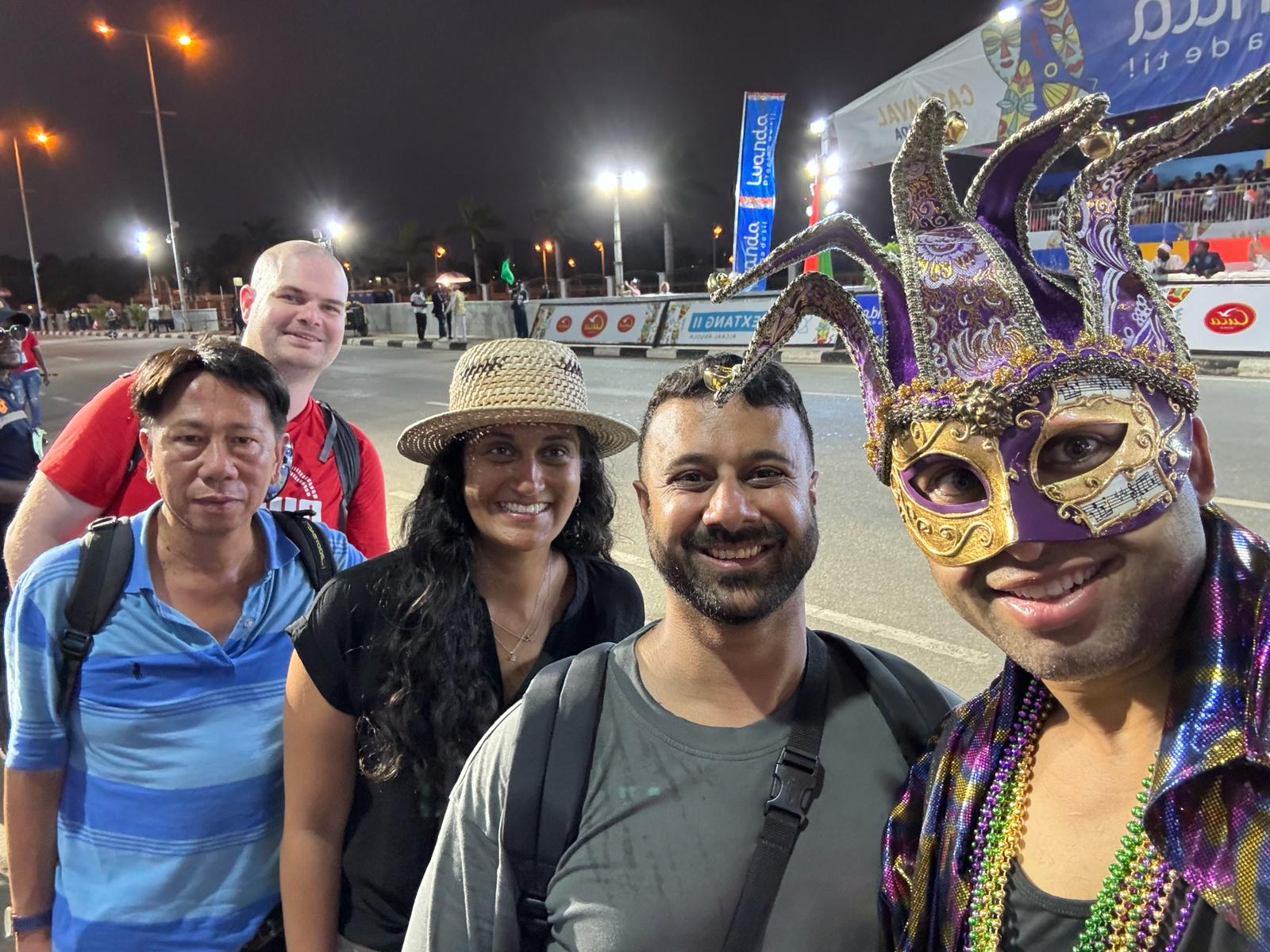Africa might not be the first place that springs to mind when you think of ‘Carnaval’, but we daresay that we’ve found quite the hidden party gem. Directly across the Atlantic from Brazil (and also a former Portuguese colony) is Carnaval (or ‘Carnival’, if you prefer), the biggest celebration of the year. Expect revelry, booze, colour and all the fun you can stomach!


Wait, Angola?!
For a long time Angola was a hard-to-visit destination. The visa was (in)famous for being almost impossible to get and once you got it, it turned out Angola was pretty damn expensive – especially its capital, Luanda. However, in the immortal words of Bob Dylan, the times they are a-changin’.
The visa restrictions have eased and the country is a bit more affordable, especially on group tours. Angola has been gradually opening the gates for tourism, but there’s still a long way to go. Dictatorship and civil war have left an incredible mark on the 7th biggest country of Africa. But to give one piece of advice: go now before it’s overrun by tourists, because Angola is bound to be one of the next big things on the African continent.
Back to Carnival
Colours, drinks, a national day off and a Brazilian-style event, Carnaval lives up to its reputation as the biggest holiday in Angola. Luanda has its own Sambadrome and a massive parade that will be attended by the president. We all know of the fabulously flamboyant costumes in Rio, but in Africa they do it a little bit different. Expect a political or religious message, masks, colours, incredible costumes and a focus on the national colours of Angola; black, red and yellow.
The History of the Angolan Carnival

The Angolan Carnival has always been heavily politically influenced, with the groups originally mocking symbols of colonial power in the early 20th Century. Following this, the event was banned from making any political or religious statements, but even that wasn’t enough. For several decades in the middle of the 20th Century, the event was completely cancelled. In the 70s it came back but then as the Victory Carnival, commemorating the retreat of the South African army in 1976. Until the 90s this was the standard in Angola, with the parades mostly focusing on nationalistic symbols.
Carnival in the 21st Century
Today, the Angolan Carnaval has returned to its roots. Each year a religious or political message is selected and the Carnival groups focus on that topic. Preparations for the event are taken very seriously and start almost immediately after the previous one has finished. The different groups normally have a Carnival queen or king, followed by a group of musicians, who only use traditional instruments, and then followed by the dancers. Last but not least is the nurse, a person who is dressed up in white and shown as a symbol of purity. All groups go for the win, which is a huge amount of money. That amount is needed to pay off the costumes they create every year. These costumes are a mix of traditional carnival costumes but with an African touch.
The event is a three-day event, held a few days before Ash Wednesday. The biggest day is Tuesday, which features the biggest and liveliest parade. It’s a very local event so expect to be the only tourists on the ground.
Wanna check out the Carnaval for yourself? Join us on our Angola Tour.






